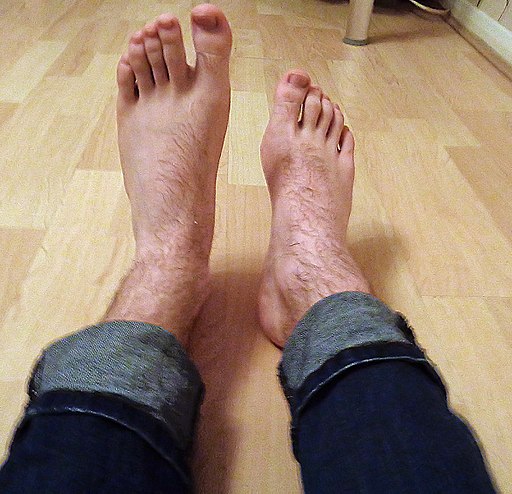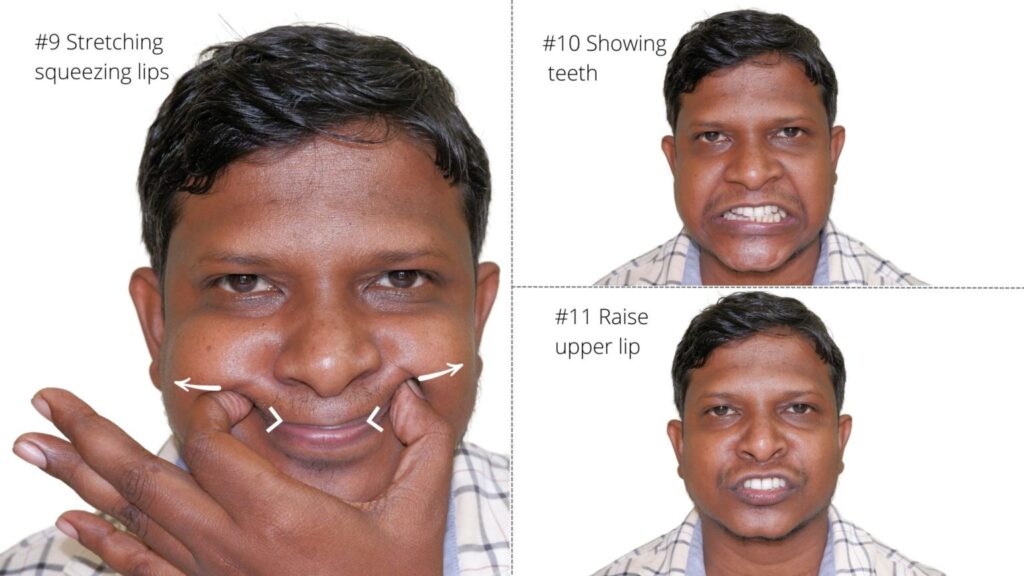Last updated on January 8th, 2020 at 06:52 pm

A Columbia Engineering team has invented a robot -the Trunk-Support Trainer (TruST)- can train a spinal cord injury (SCI) to sit more in a more stable manner and carryout daily task without the fear of becoming imbalanced.
In a press release, Sunil Agrawal, the project’s PI and professor of mechanical engineering and of rehabilitation and regenerative medicine says ” “We designed TruST for people with SCIs who are typically wheelchair users,” further adding
TruST- Trunk Support Trainer
Let me elaborate that the person who survives Spinal Cord Injury for different reasons has to pass through devastating damage, including paraplegia and in serious cases even quadriplegia.
They become immobile and are wheelchair-bound for the rest of life. They even have difficulty adopting a stable sitting posture due to a weak trunk. This makes them carry out various daily activities even in sitting a challenging task.
For example, when such a patient wants to grab a pen on a table, it would be challenging to lean a bit forward to grab the pen for fear of losing balance.
Presently, physiotherapy rehabilitation exercises and training sitting balance manually is the only way out.
Sunil Aggarwal further adds, “We found that TruST not only prevents patients from falling, but also maximizes trunk movements beyond patients’ postural control, or balance limits.”
How does TruST work
TruST is a motorized-cable driven belt placed on the user’s torso to determine the postural control limits and sitting workspace area in people with SCI. It delivers forces on the torso when the user performs upper body movements beyond the postural stability limits while sitting.
For this unique pilot study, five subjects with SCI were recruited and were examined with the Postural Star-Sitting Test, a customized postural test that required them to follow a ball with their head and move their trunk as far as possible, without using their hands.
Let me repeat that, an SCI sufferer has difficulty in maintaining sitting balance due to weak trunk.
The test was repeated in eight directions, and the researchers used the results to compute the sitting workspace of each individual.
The researchers then tailored the TruST robot for each subject to apply personalized assistive force fields on the torso while the subjects performed the same movements again.
With the TruST, the subjects were able to reach further during the trunk excursions in all eight directions and significantly expand the sitting workspace around their bodies, on an average of about 25% more.
Also read: Hemiplegia can regain hand movement by artificial neural connection
Conclusion
Training sitting balance to an SCI sufferer is a challenge for rehabilitation professionals. This new invention opens the door to implement motor learning training in a different way.
“The capacity of TruST to deliver continuous force-feedback personalized for the user’s postural limits opens new frontiers to implement motor learning-based paradigms to retrain functional sitting in people with SCI,” says Victor Santamaria, a physical therapist, postdoctoral researcher in Agrawal’s Robotics and Rehabilitation Laboratory, and first author of the paper. “We think TruST is a very promising SCI rehab tool.”
Story source: Eureka alert- Robotic trunk support assists those with spinal cord injury
The author is a physiotherapist who has been practising for the last 17 years. He holds a Bachelor's in Physiotherapy (BPT) from SVNIRTAR (Swami Vivekananda National Institute of Rehabilitation and Research), one of the prestigious physiotherapy schools in India.
Whatever he learns dealing with his patient, he shares it with the world through blogs and e-books. He also owns a YouTube channel, "Sunit Physiotherapist" with over 8 lakh active subscribers. Here, he shares everything he gets to learn serving the patient.





